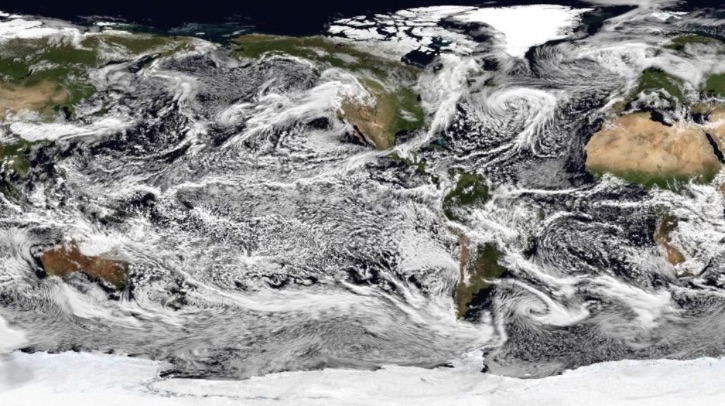Prof. Myles Allen and his team of climate scientists at the University of Oxford Department of Physics has published a study in Nature Communications, which demonstrated for the first time how weather forecasts can be used to show how greenhouse gas emissions affect extreme weather.
In new studies of recent events in both the UK and US, they assessed the impact of global warming at a local scale and found that human activity both worsened specific weather events and made them more likely to occur.
“We have shown for the first time that the same top-quality models used for weather forecasting, which are tested relentlessly every day, can be used to show the impacts of global warming,” said Prof. Allen, who leads the Oxford University Physics research team. “Multibillion-pound decisions depend on adapting to climate change, so we need the most reliable means possible to inform them – and this is it.
“Weather forecasters could – and should – both warn people of extreme weather and explain how it is being affected by climate change,” Prof. Allen continued. “It isn’t a simple case of climate change making all weather worse; some events, like the prolonged winter cold, have become less likely.”
“We found that climate change expanded how much of the UK was impacted by Storm Eunice and intensified the storm’s severity by as much as 26%,” said Shirin Ermis, who led the UK study.
“Climate change and human influence is having a very clear impact on certain extreme weather like storms and heatwaves,” said Dr Nicholas Leach, who led the US study. “Human influence made the [June] 2021 heatwave [in the Pacific Northwest, which is thought to have killed more than 800 people] at least eight times more likely, and we also found the risk of similar heatwaves occurring is doubling every 20 years at the current rate of global warming.”
The Oxford teams overcame the disadvantages of computer models and their tendencies to represent only specific atmospheric processes at a coarse scale by using high-resolution weather forecasting models to simulate extreme weather as if it had occurred in a world without human influence on climate, and in a warmer world of the future. Their models could reportedly simulate and predict even unprecedented weather events and can also be used to understand and quantify how human behavior is changing them.
“Why only use a road atlas when you have a satnav available?” said Dr Leach. “Our climate models are like the old A-Z maps: tried and tested, but they have their limitations, especially when it comes to extreme weather. Using state-of-the-art weather forecast models allows us to quantify how human influence impacts extreme weather, to zoom in on local impacts, and to investigate the processes driving this, giving us greater confidence in our predictions.”
At the AI for Good summit in Geneva in May, Prof. Philip Stier of University of Oxford Department of Physics convened a workshop with leading international experts to discuss future climate prediction systems. These are expected to make extensive use of artificial intelligence (AI) to deliver more accurate predictions of the impact of climate change at local level.
In related news, the IOC/UNESCO Working Group 7 has released the UN Ocean Decade’s White Paper on Challenge 7, which looks into the sustainable expansion of the Global Ocean Observing System (GOOS) through improved data sharing, new automated technologies, artificial intelligence (AI) and machine learning (ML). Click here to read the full story



